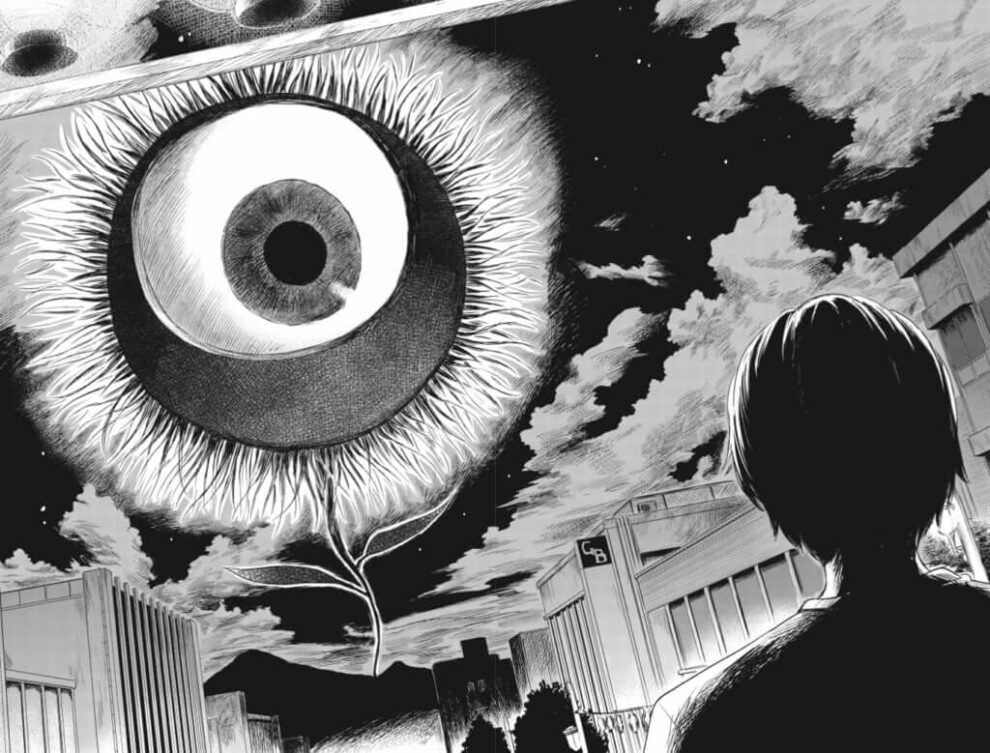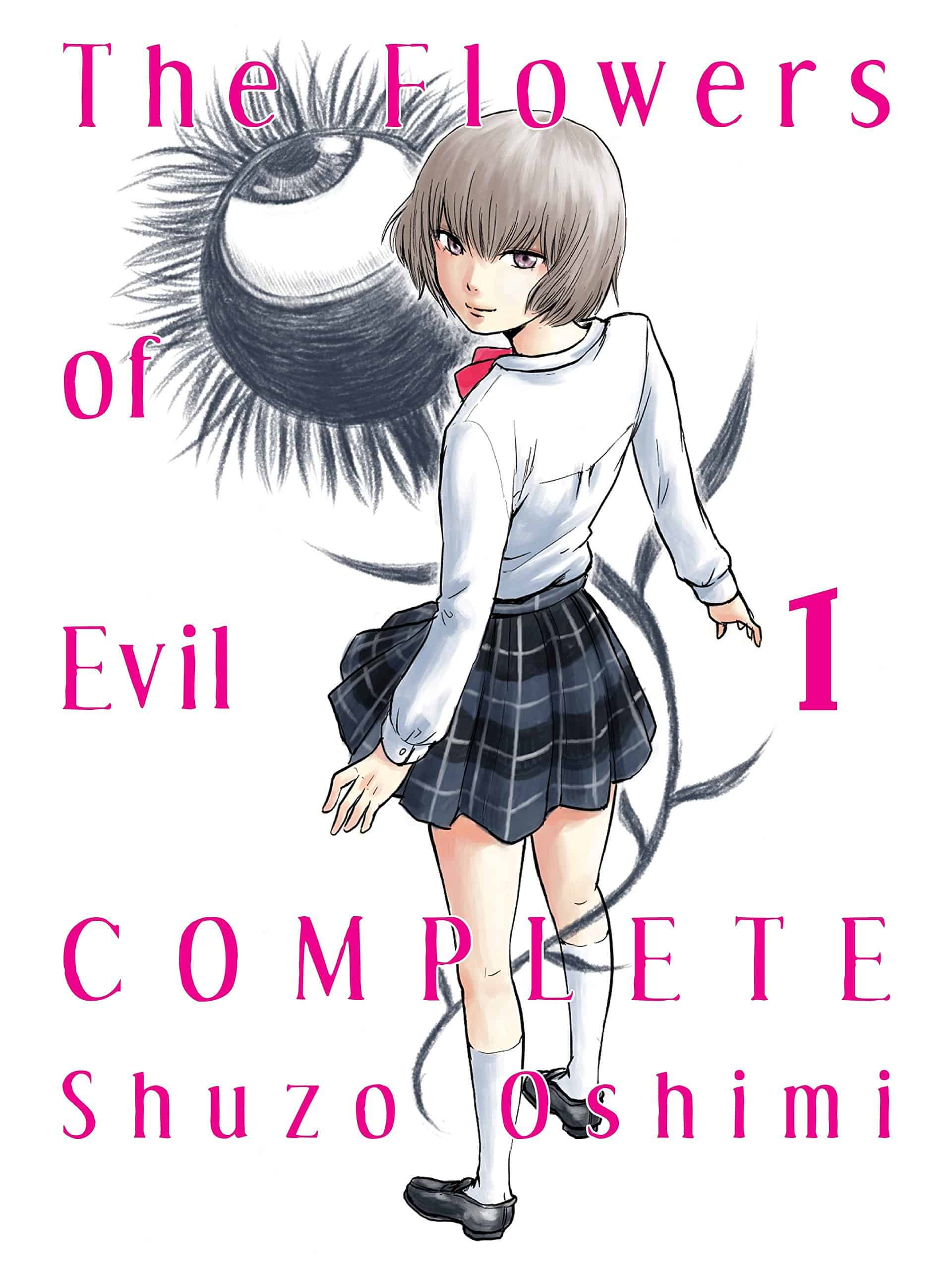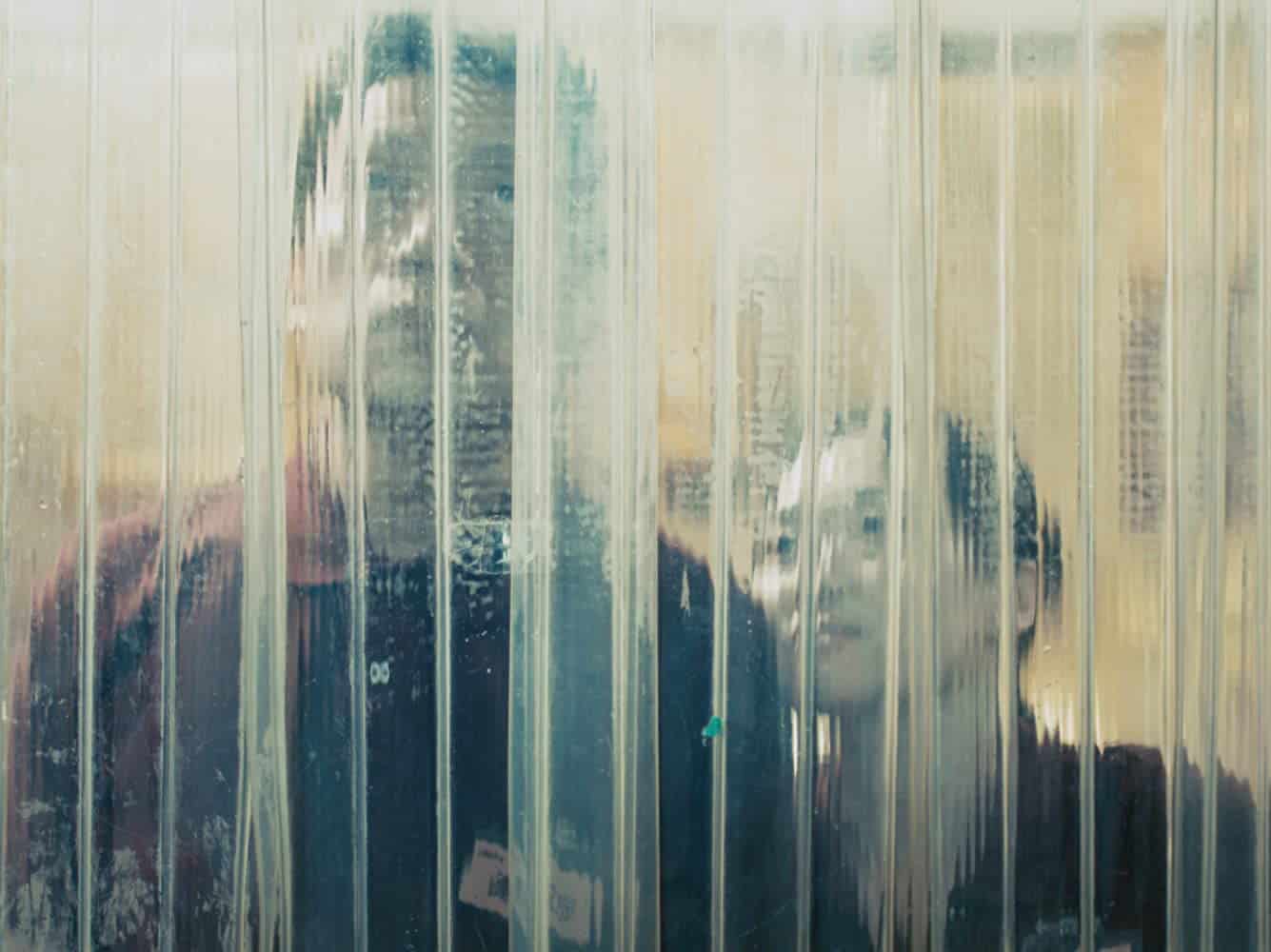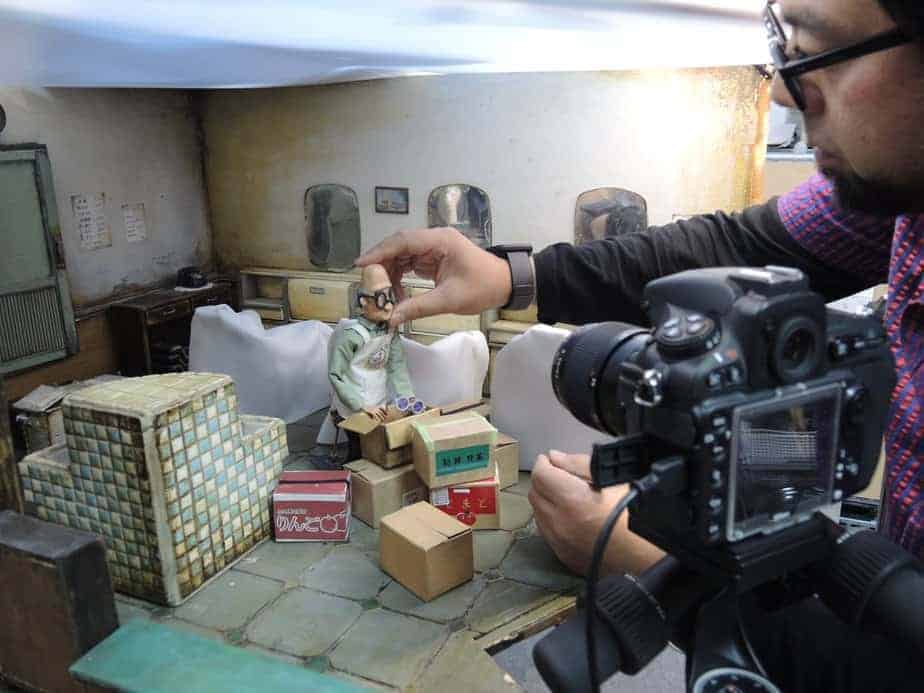by Palomo Lin-Linares
Mangaka Shuzo Oshimi tells of an episode from his youth in which he hid in a unisex bathroom with a mirror (his intentions were obvious). More specifically, he tells of the tight-chestedness he experienced upon realizing the distastefulness of his actions, and the feeling of shame which soon followed. This embarrassing anecdote, which inspired “The Flowers of Evil,” is told in the afterword of the manga's first volume. This sincerity on the part of Oshimi, his dedication to laying bare any source of shame, gives his work the feeling that all the events have been lived, and are being recreated by the author with nothing but accuracy and candidness in mind. This honesty is what elevates “The Flowers of Evil” beyond your average daytime drama or angsty serial, into something far more heartfelt, yet still perverted.
The story, which is split into two parts, follows Takao Kasuga, a middle school student who has a crush on his classmate Nanako Saeki, the stereotypical pretty girl. One day after school, Kasuga realizes he left a copy of Baudelaire's “The Flowers of Evil” on his desk. He returns to his empty classroom and finds that Saeki has forgotten a bag containing her gym clothes. During a moment of temptation, Kasuga spontaneously steals the bag and its contents, only to be seen by his classmate Sawa Nakamura, a black sheep among the student body. Nakamura, knowing Kasuga's secret, blackmails him into joining a pact with her in which he'll do everything she says. A dangerous love triangle begins to develop among the three students, which escalates in severity until reaching a climactic end in the first part. The second part, which takes place some years after the first, follows an older Takao Kasuga as he attempts to live a normal life amid the aftermath of his actions.
Follow us on Twitter by clicking on the image below

The trope of stealing one's clothes as an act of sexual deviance is so common that it has its own name: the “panty thief” trope. It is, among other things, meant to evoke laughter in an audience. Like most comedic escapades, it is easy for an author to ignore the idea of consequence entirely, choosing instead to focus on the “romp” itself, with only a few declarations of indignation on the part of those who've been robbed, before forgetting about it by the next scene. It can be like a rock falling into a pool without affecting the surface of the water; repercussions are completely non existent. However, what distinguishes the presence of this trope in “The Flowers of Evil,” is the realism with which it is handled, more specifically, the presence of said repercussions. Uniquely, the “panty theft” isn't so much a one-off gag, as it is the catalyst for the entire story. “The Flowers of Evil,” in all 57 chapters, follows the repercussions of this one mistake and how it escalates into violence. There is something to be said about how Oshimi is able to gradually, that is to say subtly, alter the tone of the story, both into darker territory, but also towards the melancholic.
Check the review of the live action movie
The strong narrative of “The Flowers of Evil” is not without its occasional dip into the world of melodrama. This can be an issue as such melodrama occasionally betrays the cold narrative for something which can be called soap opera-esque. These are moments in which the heightened, almost blunt emotions negate the drama. However, this isn't such a prevalent issue, as even moments of over the top mush are portrayed with an atypical sensibility and skill, for example the focus on facial expressions. Oshimi's talent as an artist prevents “The Flowers of Evil” from straying into the dreaded territory of contemporary schmaltz.
The art style of “Flowers of Evil” is, like its story and characters, ever changing. It begins in a style which could be described as conventional; clear lines, cartoonish psychics, heavy use of photographed backgrounds and screentones, all of which eliminate any analogue aesthetic. However, as the story progresses, and the tone changes, so does the art style. By the latter half of the series, Oshimi implements an expressionistic, hand drawn approach, which embraces the messiness of drawing with a pen. All elements of anime aesthetic are substituted for something less stylized, and far more passive. The buildings in the background are no longer made up of clear geometric lines, but of imperfect squares drawn without rulers, and grading which requires a certain level of interpretation on the part of the reader. The same technique goes for the characters. In fact, if you were to see a picture of Kasuga from chapter 1, and compare it to a picture of Kasuga from chapter 30, you likely wouldn't recognize him as the same person. It isn't just an alteration of character design, but of method. Given the manga's serialization began in 2009, and went on until 2014, it inadvertently becomes a chronicle of Oshimi's maturation as an artist. While one may assume that the presence of such drastic changes in style may be a bit jarring, it isn't an issue here, as the change is gradual and almost unnoticeable without comparison.
“The Flowers of Evil” is not escapism, it's more akin to being trapped in a situation with the characters. Many readers have confessed that the manga made them feel depressed, and Oshimi has even talked about the sentiment of “depression as entertainment.” It isn't a manga you read to lose yourself in a story, but rather the opposite, you read it to discover the most unsavory parts of your character. It goes without saying that the faint hearted should be trepidatious, but the same warning applies to everyone. Still, despite “The Flowers of Evil”'s cruel narrative, those who choose to stick by its characters will be rewarded with beautiful art, and a story that is as cold as it is heartfelt.
















